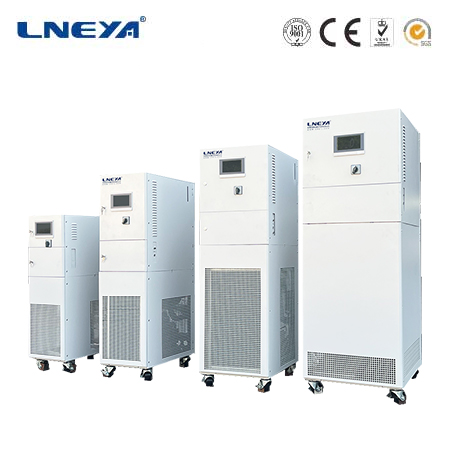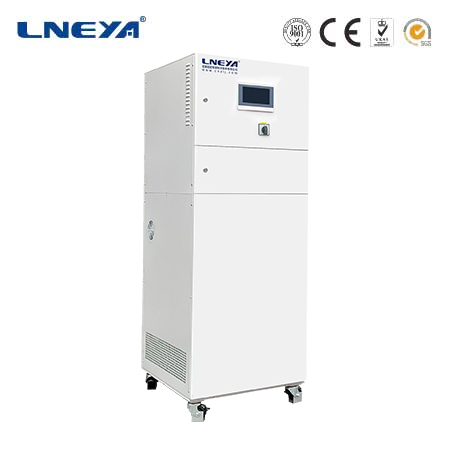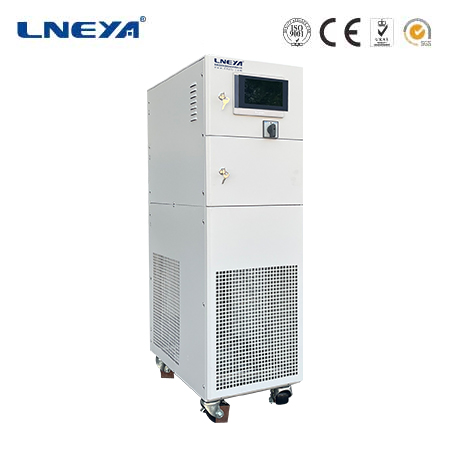water bath maintenance
Introduction to Water Bath Maintenance
Water bath devices are essential in laboratories for applications such as incubating samples and facilitating temperature-sensitive chemical reactions. However, these devices require regular maintenance to ensure they function correctly, maintain accuracy, and prevent contamination. This article provides a comprehensive guide to maintaining water bath devices, covering cleaning procedures, the use of appropriate fluids, electrical safety, and preventive measures.

Why Regular Maintenance Matters
A clean and well-maintained water bath is crucial for several reasons:
Lower Contamination Risk: Water baths provide an ideal environment for microbial growth. Regular disinfection prevents the multiplication of harmful pathogens.
Improved Longevity: Changing water regularly helps maintain the protective layer on stainless steel baths, extending their lifespan.
Accurate Results: Effective cleaning prevents salts and particles from affecting readings and ensures reliable results.
Health and Safety Compliance: Regular maintenance is necessary for compliance with occupational safety and health regulations.

Optimal Performance: Maintaining the correct water level prevents equipment malfunction due to evaporation.
Best Practices for Water Bath Maintenance
Unplug Equipment: Always unplug the water bath before cleaning to prevent electrocution and damage to the electrical components.
Disinfect the Water: Sterilize the water by boiling for at least 20 minutes or using a specialized bath disinfectant to eliminate microorganisms.
Empty the Water Bath: Drain the water bath using the draining outlet if available, or tilt the equipment over a basin to remove the contents.
Use Type III Water: Use purified water, such as Type III water obtained through reverse osmosis, to prevent mineral buildup and bacterial contamination.

Use Recommended Water Bath Additives: Additives like the Boekel Scientific Water Bath Cleaner can prevent organic material buildup and extend the time between cleanings.
Check for Wear and Tear: Regularly inspect the water bath for leaks, damage, and ensure the heating element and other components are functioning correctly.
Electrical Safety
Water baths and recirculating heaters or chillers must be grounded to protect against electrical shock. Ensure the power cord is undamaged and connected to a properly grounded outlet.
Summary
Following these best practices—proper operation, consistent cleaning, keeping contaminants at bay, using the correct liquids, and electrical safety awareness—can help mitigate common problems and keep your water bath devices working at optimal performance. Regular maintenance not only ensures the accuracy and reliability of the water bath but also extends its lifespan by preventing irreparable damage such as rust or corrosion. By adhering to these guidelines and maintaining a regular cleaning schedule, laboratory personnel can ensure that their water baths remain in optimal condition, contributing to the overall efficiency and success of their experiments and assays
Related recommendations
bath chiller
308Bath Chiller: An In-depth ExplorationA bath chiller is a specialized device designed to cool a liquid bath, which can contain various substances depending on the application. It plays a crucial ro...
View detailsadiabatic chiller
273Adiabatic Chillers: An In - Depth Exploration Introduction In the pursuit of more energy - efficient and sustainable cooling solutions, adiabatic chillers have emerged as a promising techn...
View detailsportable air cooled chillers
431Understanding Portable Air Cooled Chillers Portable air cooled chillers are self-contained, compact cooling systems that provide a flexible and efficient cooling solution for a variety of appli...
View detailswater chiller australia
532Water Chillers in Australia: Technology and ApplicationsWater chillers play a vital role in Australia's industrial and commercial sectors by providing precise temperature control for various proce...
View details
 LNEYA Thermal Test Chillers
LNEYA Thermal Test Chillers






HelloPlease log in